How humans stored and preserved food before refrigerators
Before the age of refrigerators and freezers, our ancestors had to be quite creative to keep their food from spoiling. Ancient food preservation techniques were not just about keeping hunger at bay; they were a testament to human ingenuity. These methods laid the foundation for many of our modern techniques and are still used in some form today. From salting and smoking to more complex methods like fermentation, each technique offers a glimpse into the resourcefulness of early civilizations.
The Art of Salting: Nature’s Preservative
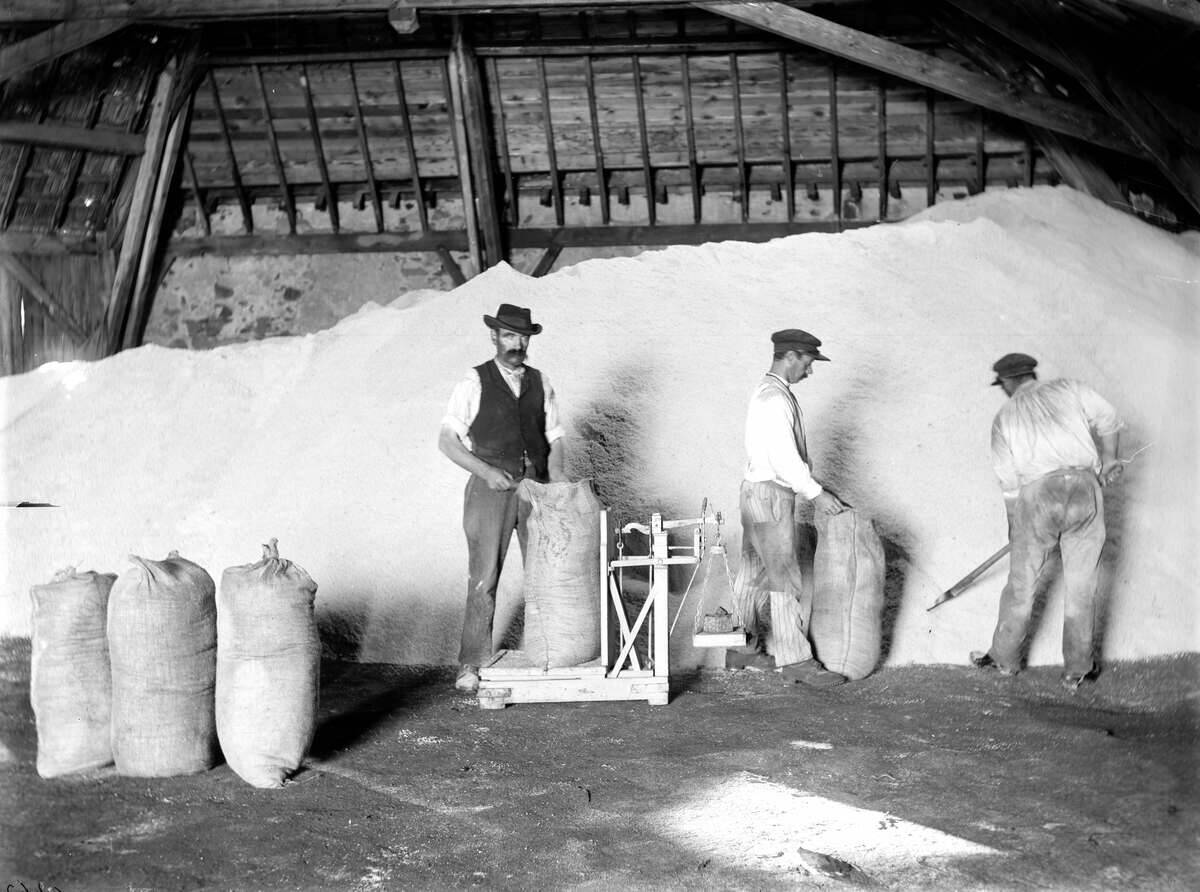
Salting, one of the oldest preservation methods, involves rubbing salt into food items to draw moisture out through osmosis. This technique not only inhibits bacterial growth but also enhances flavor. Ancient Egyptians used salt to preserve fish and meat, which was crucial in a hot climate where food could spoil rapidly. Even today, salted fish and cured meats like prosciutto are beloved delicacies, proving that this age-old method remains relevant and delicious.
Smoking: Flavor Meets Preservation
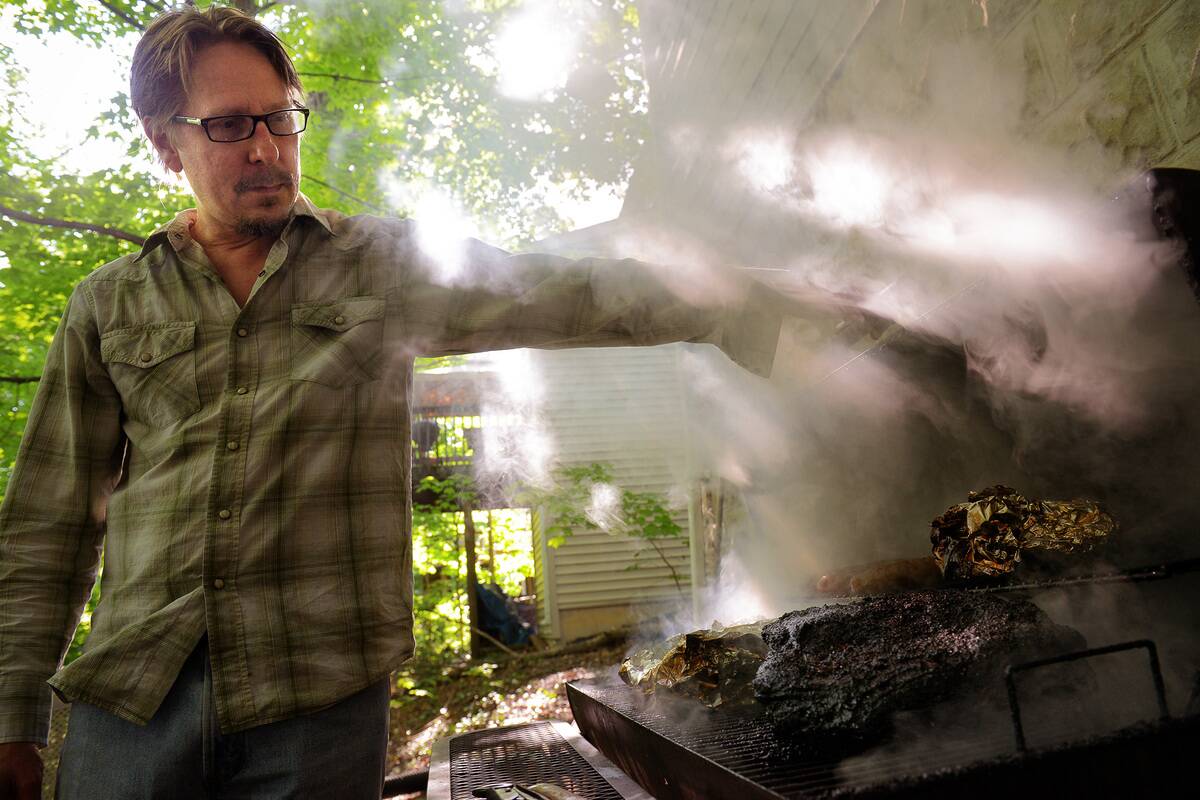
Smoking adds a rich flavor profile to food while acting as a preservative by drying out the moisture and introducing compounds that inhibit bacteria. Indigenous peoples across North America used smoking to preserve meats and fish, allowing them to store food for harsh winters. The unique combination of smoke flavor and preservation makes smoked foods popular worldwide, from smoked salmon in Scandinavia to smoked sausages in Central Europe.
Drying: Harnessing the Power of the Sun
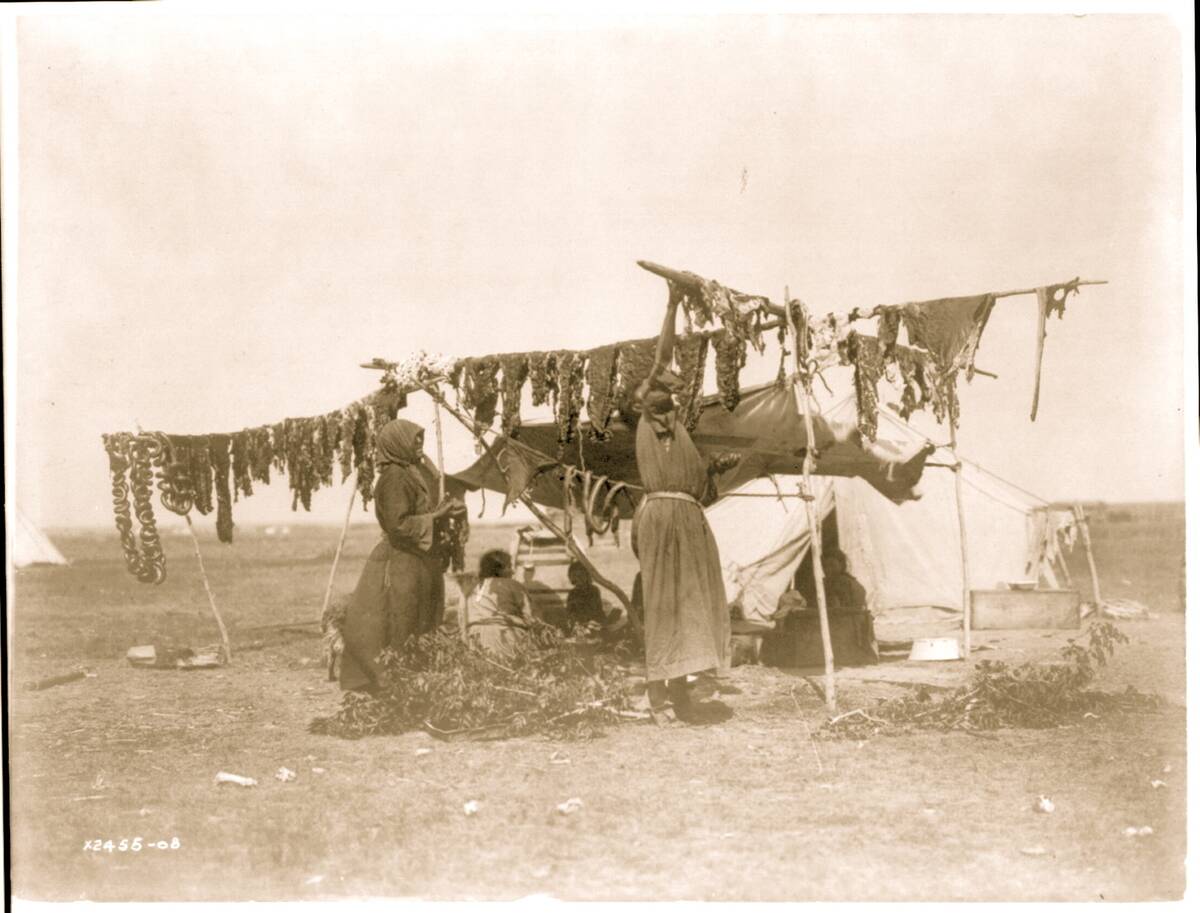
Sun drying is a simple yet effective method of preserving food by reducing moisture content. This technique has been used for millennia, with evidence of sun-dried fruits and vegetables dating back to ancient Mesopotamia. Drying not only prevents spoilage but also concentrates flavors, making it ideal for foods like apricots and tomatoes. In regions with abundant sunlight, this method remains a sustainable choice for preserving seasonal bounty.
Fermentation: The Science of Controlled Decay
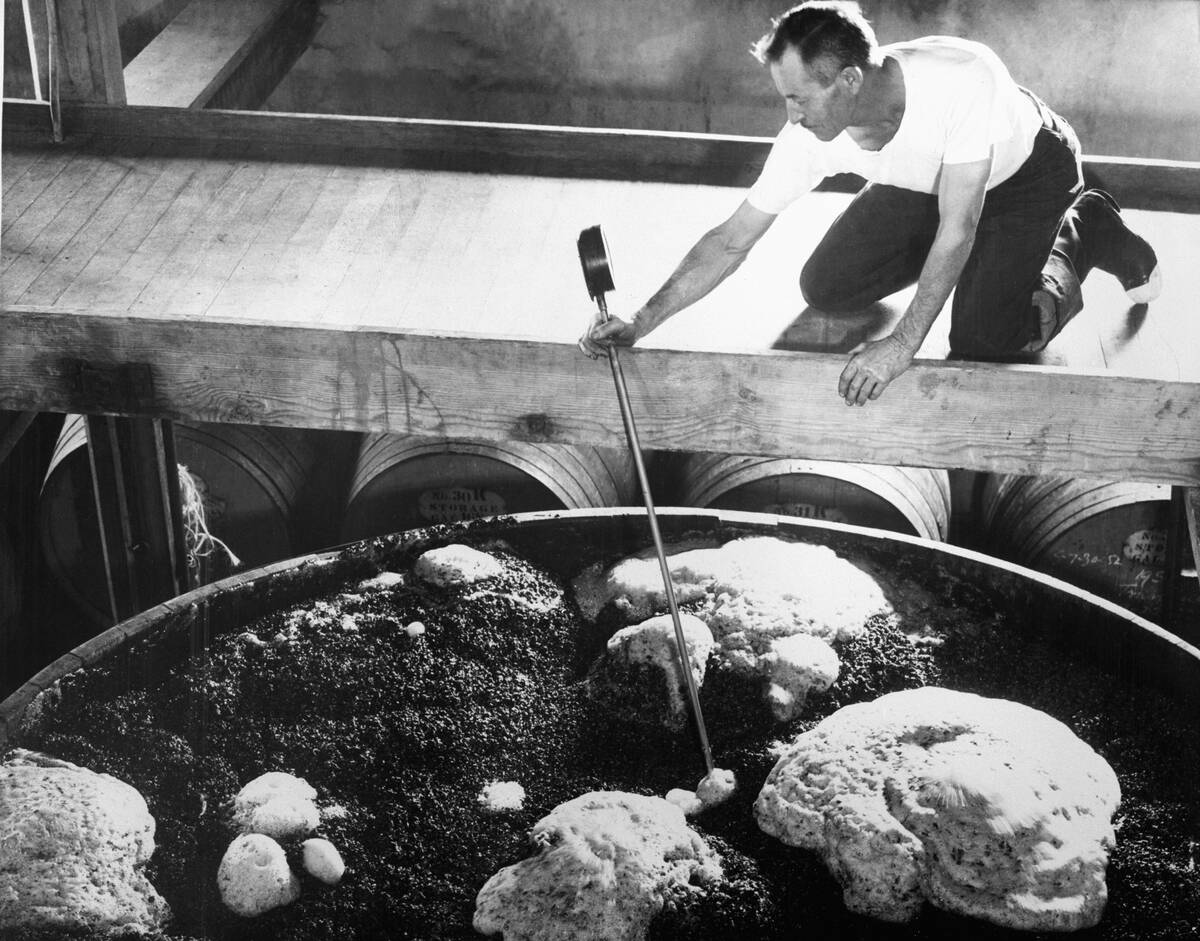
Fermentation involves the transformation of food through microbial action, which can enhance nutritional value and flavor. Ancient civilizations stumbled upon fermentation while trying to store grains and fruits, leading to the creation of beer and wine. Not only does fermentation preserve food, but it also introduces beneficial probiotics, as seen in foods like yogurt and kimchi. This technique is a testament to how controlled decay can result in culinary delights.
Pickling: A Tangy Solution to Spoilage
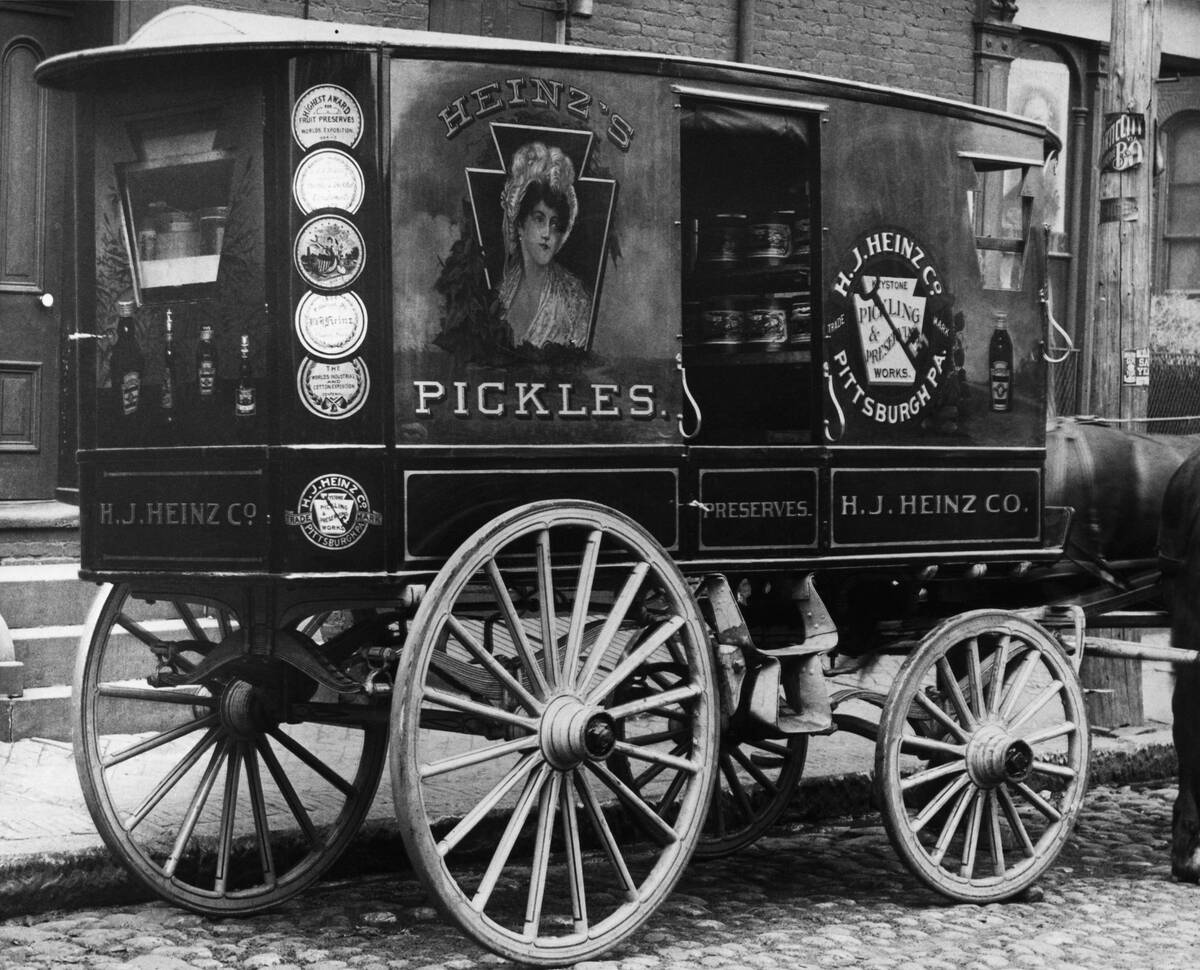
Pickling involves immersing food in an acidic solution, usually vinegar, to prevent bacterial growth. This method has been used since ancient times, with references found in the Tigris Valley dating back to 2400 B.C. Pickles were a staple for sailors on long voyages, providing Vitamin C to prevent scurvy. Today, pickling has evolved into an art form, with everything from cucumbers to eggs being transformed into tangy treats.
Root Cellars: The Underground Refrigerators
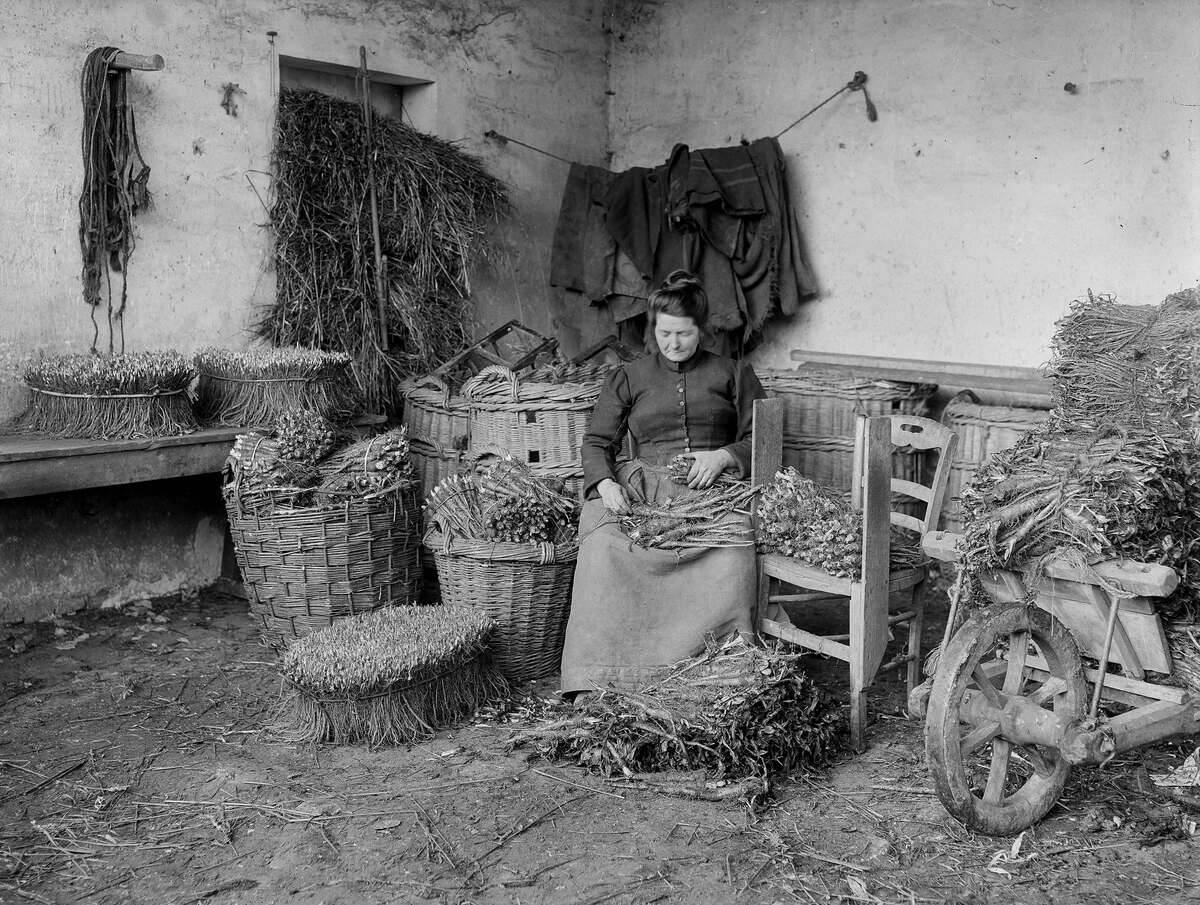
Root cellars are nature’s refrigerators, using the earth’s stable temperature to keep food fresh. These underground storage spaces were essential for early agrarian societies in temperate climates. Vegetables like potatoes, carrots, and onions could be stored for months without spoiling. Even with modern refrigeration, root cellars remain popular among homesteaders and those striving for sustainable living, proving that sometimes the old ways are best.
Ice Houses: Early Cold Storage Solutions

Before electric refrigeration, ice houses were used to store ice and perishable goods. These structures, insulated with straw or sawdust, could keep ice frozen for months. Used extensively in Europe and North America, they allowed for the preservation of meats and dairy long after winter had passed. Ice harvesting from lakes and rivers was a labor-intensive process, but it was crucial for maintaining food supplies in warmer months.
Earthenware and Pottery: Sealing in Freshness

Earthenware and pottery have been used for centuries to store food and protect it from spoilage. The porous nature of clay allows for the slow exchange of air, which can help keep contents cool and fresh. Ancient Romans used amphorae to store olive oil and wine, while other cultures used clay pots to ferment and store dairy products. The durability and natural insulation properties of earthenware continue to make it a valuable tool in food preservation.
Vinegar: A Sour but Effective Preservative
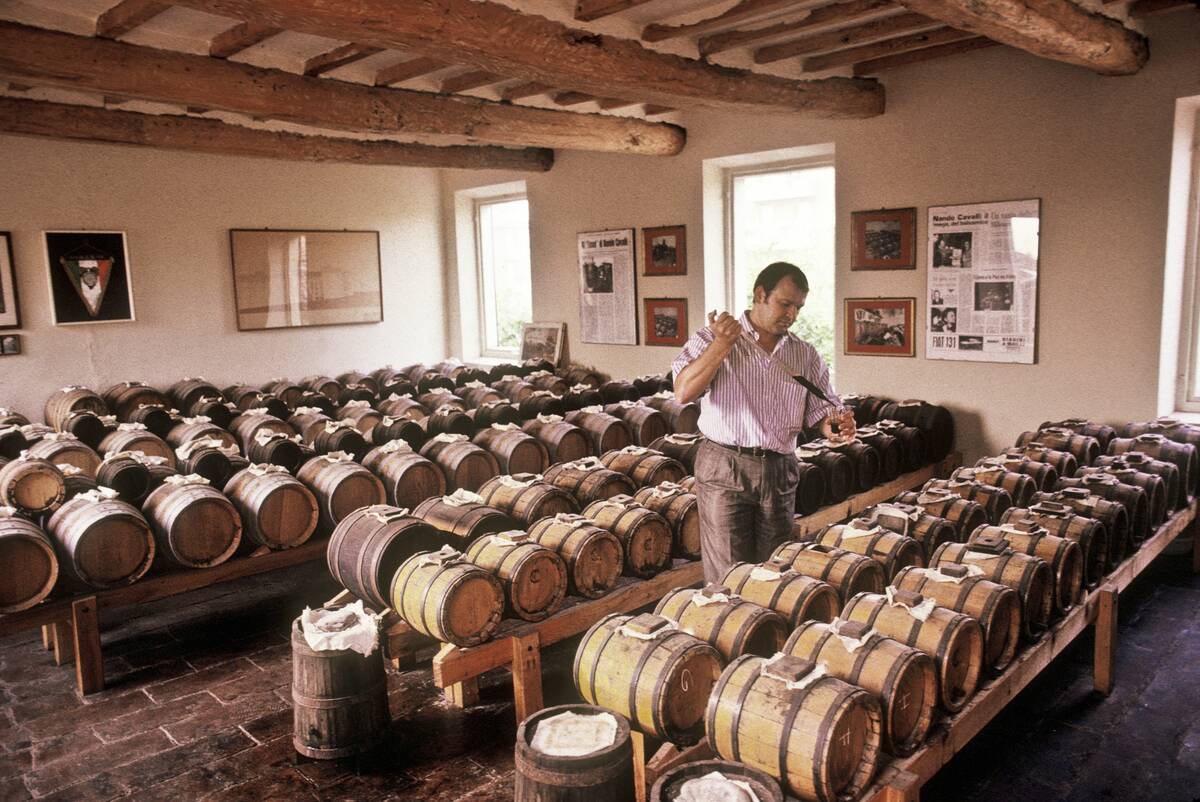
Vinegar, with its high acidity, acts as a natural preservative that prevents the growth of harmful bacteria. This method has been used since ancient times, with evidence of vinegar production in Egypt and Babylon. Beyond pickling, vinegar was used to preserve meats and vegetables, adding a distinct sour flavor that is still appreciated today. Its versatility as a preservative and culinary ingredient keeps vinegar a staple in kitchens around the world.
Honey: Nature’s Sweet Preserver
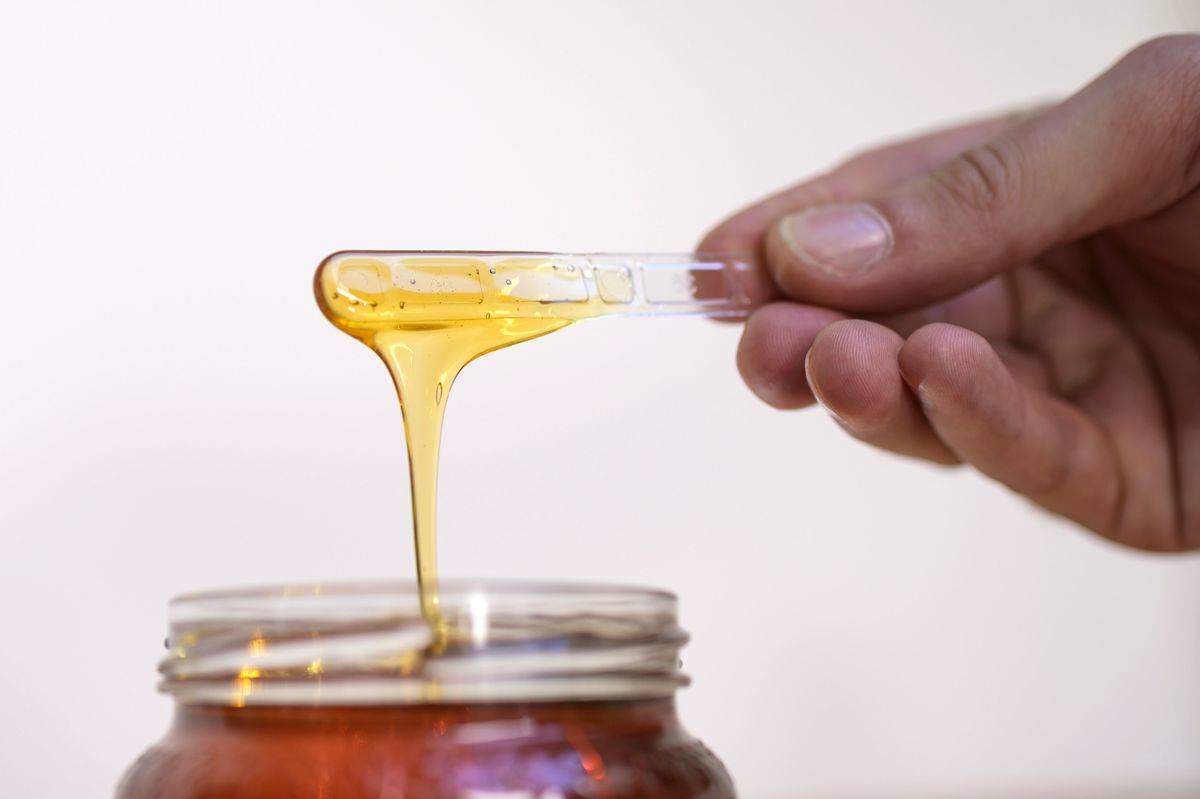
Honey’s natural sugars create an environment that inhibits bacterial growth, making it an effective preservative. Ancient Egyptians used honey in the embalming process, and it was also used to preserve fruits and nuts. Remarkably, archaeologists have found pots of honey in ancient tombs that remain unspoiled after thousands of years. Honey not only preserves food but also adds a sweet, floral flavor, making it a cherished ingredient across cultures.
Using Oils and Fats: Creating a Protective Seal
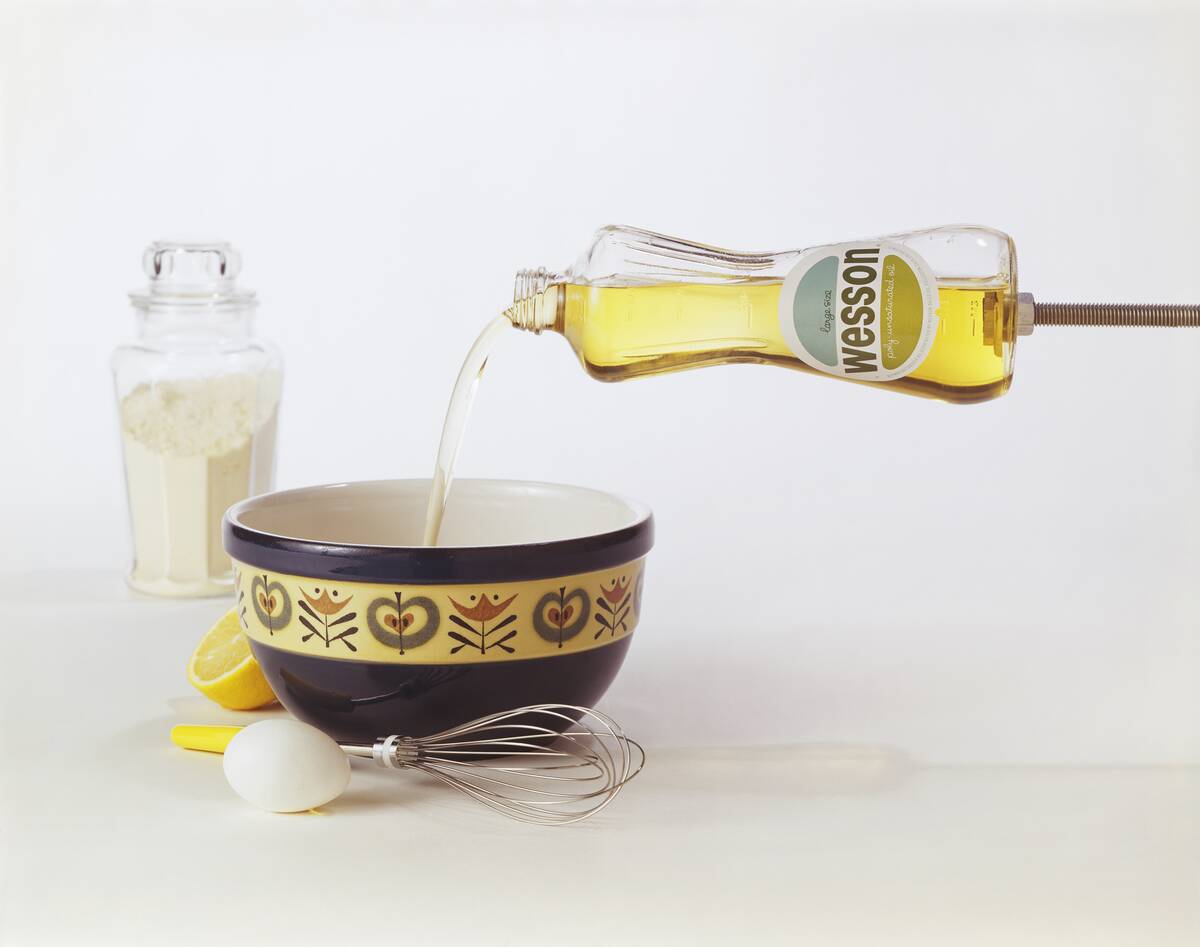
Covering food with oils and fats creates an oxygen barrier that slows down spoilage. This method was employed by ancient Greeks and Romans, who submerged foods in olive oil to keep them fresh. Confit, a French technique of cooking and storing meat in its fat, exemplifies this preservation method. The oil or fat not only preserves but also infuses food with rich flavors, a practice still popular in gourmet cooking today.
Pemmican: The Ultimate Survival Food
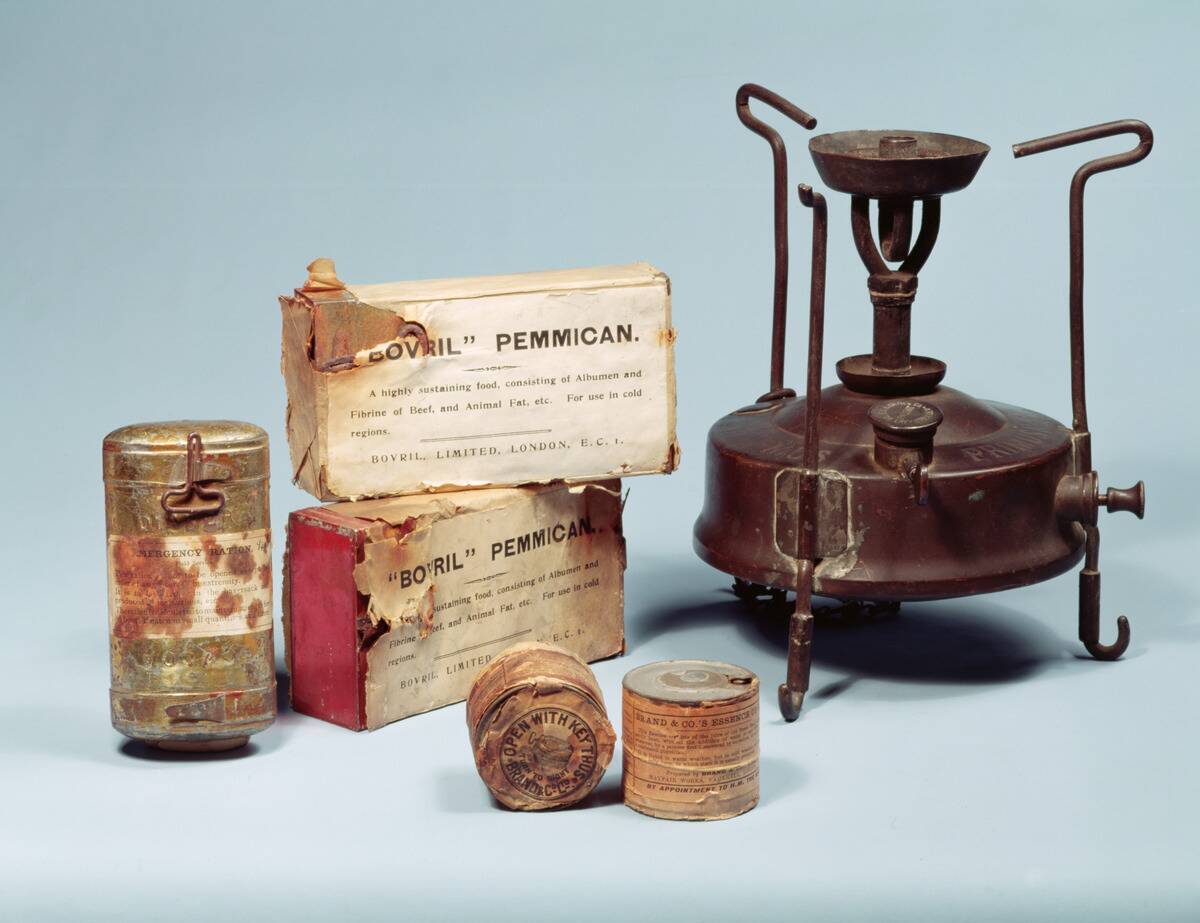
Pemmican, a high-energy food made from powdered dried meat, fat, and occasionally berries, was a staple for Native American tribes and early explorers. Its long shelf life and nutrient density made it ideal for journeys and harsh winters. Pemmican provided essential calories and nutrients, ensuring survival during lean times. Today, it’s appreciated by survivalists and outdoor enthusiasts, proving its enduring value as a compact, nutritious food source.
Grain Storage: Keeping the Harvest Safe
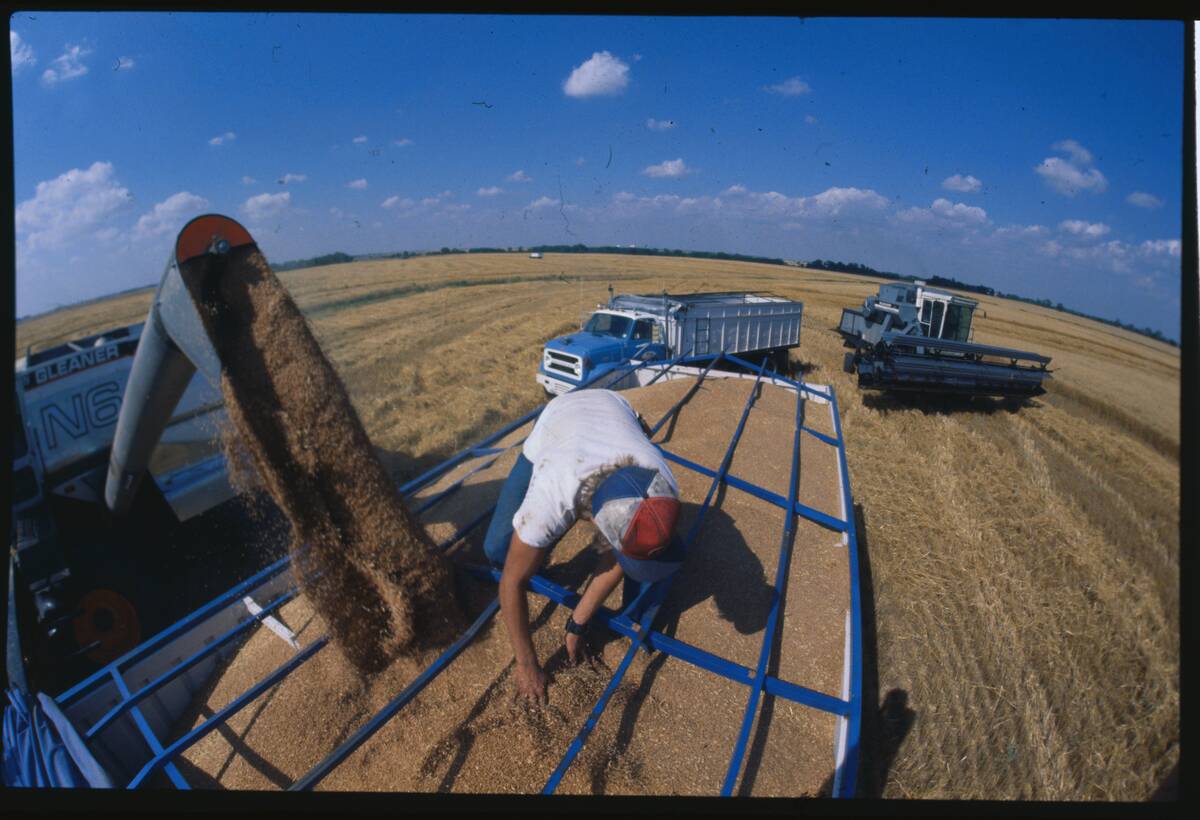
Ancient civilizations developed sophisticated methods for grain storage, recognizing its importance as a staple food. Granaries, often elevated or built with thick walls, protected grains from pests and moisture. The Egyptians were masters at storing grain, ensuring a steady food supply despite the annual Nile floods. Proper grain storage remains crucial in agriculture, with modern silos and storage techniques continuing to evolve from these ancient practices.
Cheese Making: Prolonging the Life of Milk
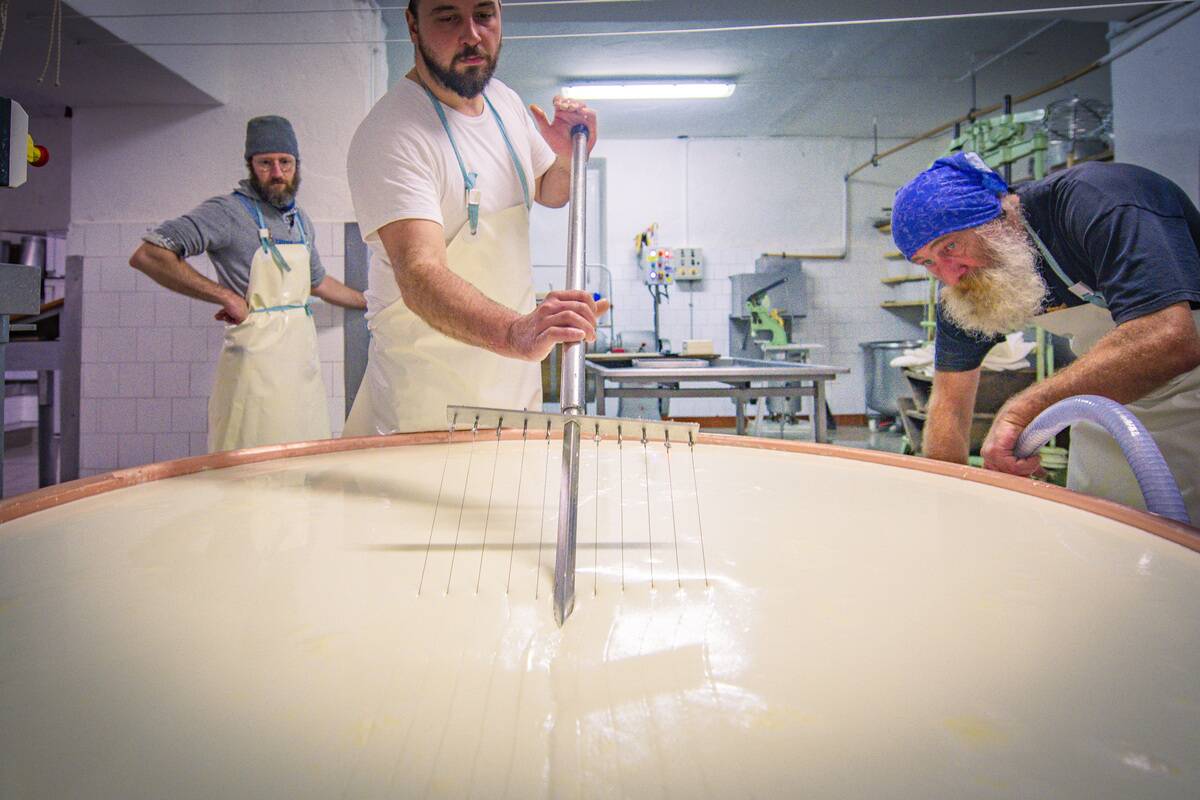
Cheese making transforms perishable milk into a long-lasting, nutrient-rich product. This process, dating back thousands of years, involves curdling milk and aging the resulting curds. Cheese provided a portable and durable source of nutrition for ancient peoples, allowing them to store dairy without refrigeration. With countless varieties, from tangy chevre to sharp cheddar, cheese remains a beloved delicacy worldwide and a testament to ancient culinary ingenuity.
Techniques from Around the World: A Global Perspective
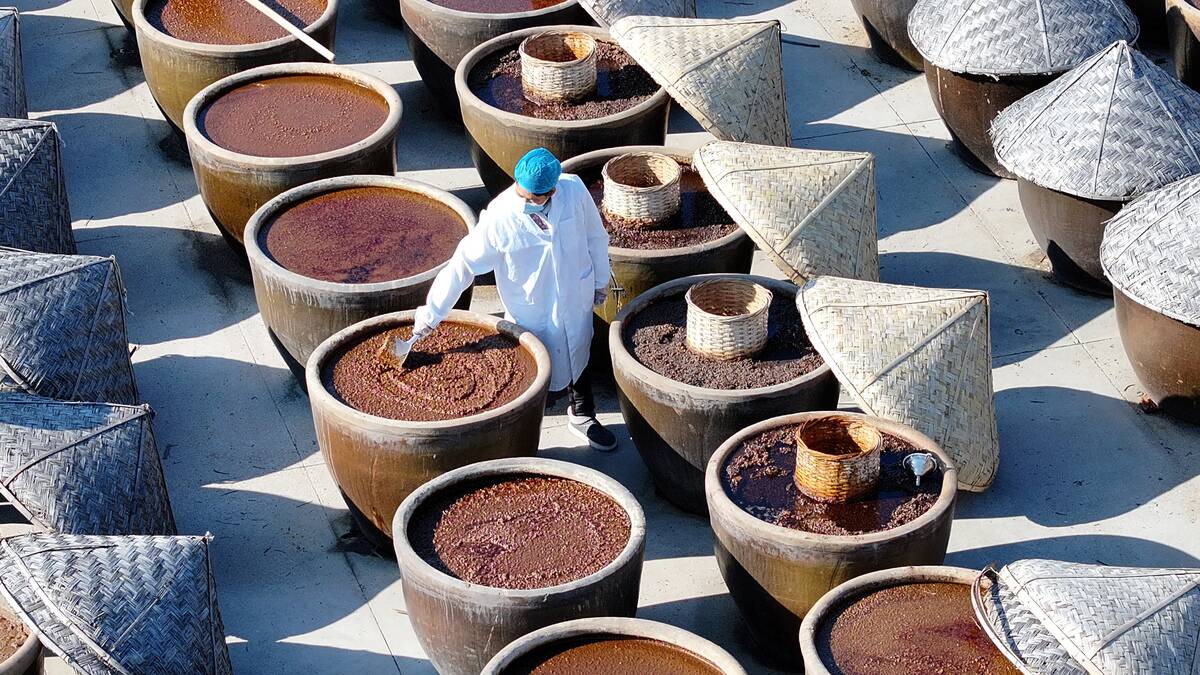
Food preservation techniques vary widely across cultures, reflecting geographic and climatic differences. In Japan, miso and soy sauce fermentation are integral to cuisine, while Scandinavia’s gravlax showcases the art of curing fish. Africa’s sun-dried meats and Asia’s rice fermentation highlight regional adaptations to preservation challenges. These techniques not only extend food shelf life but also contribute to diverse culinary traditions, enriching global gastronomy.
The Role of Herbs and Spices in Food Preservation
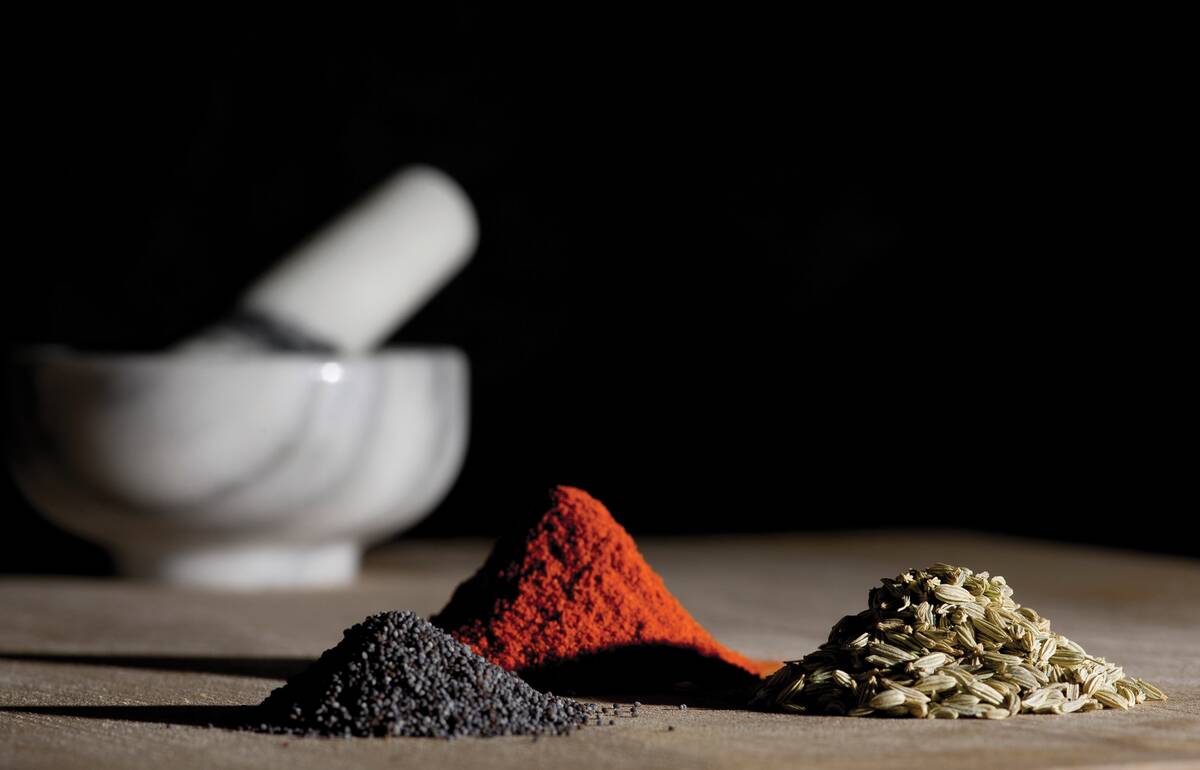
Herbs and spices have long been used to enhance flavor and preserve food. Their antimicrobial properties help slow spoilage and mask off-flavors in aging foods. Ancient Indian and Chinese texts detail the preservation benefits of spices like turmeric and cinnamon. In medieval Europe, spices were highly prized for their preservative qualities. Today, they continue to play a crucial role in food preservation, adding both flavor and a touch of history to our meals.



